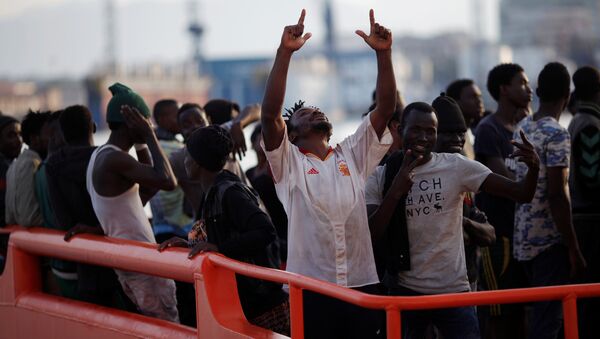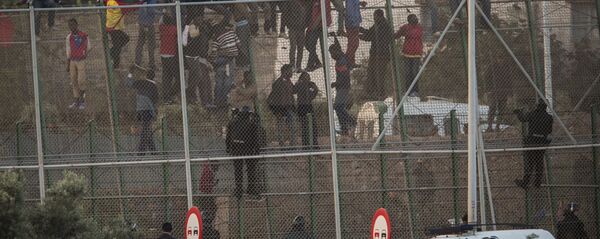“With regard to the Foreigners' Detention Centers (CIE), many [migrants] are in poor conditions, so that repair and reform works are not enough to comply with adequate living conditions. Others are installed in old prisons, which contradicts the provisions of the law and the Constitutional Court,” Fuster said.
READ MORE: Spain Should Make Improvements to Be Ready for Migration Inflow — UNHCR
European Border and Coast Guard Agency Frontex, which works with the Spanish government to ensure security of the border, stated in its January report that the number of migrants that reached Spain from northern Africa in 2017 along the western Mediterranean route had hit a record high of 22,900. The executive director of Frontex, Fabrice Leggeri, also said in January that the number of migrants could rise in the coming year.
The centers however have been operating at over-capacity and the Spanish Interior Ministry, in order to detain the increasing number of migrants arriving in the country, has been using prisons to restrict the migrants’ freedom of movement. After 500 Algerian migrants arrived on the southeastern coast of Spain in November, they were transferred to a penitentiary in Malaga that was still under construction until January. However, under Spanish law, processing centers for asylum seekers are not allowed to be prisons.
READ MORE: UN Refugee Agency Warns Spain Lacks Capacity to Handle Migrant Sea Arrivals
Yet Fuster states that contrary to these numbers and information in the media, the western Mediterranean route is unimportant when considering that large groups from the populations of these migrants are already residents in the country.
According to Frontex, the Western Mediterranean route has been traditionally used by migrants from Algeria and Morocco. However more recently they have been joined by sub-Saharan migrants escaping conflict in the region, and from 2015 Syrians have made up the largest portion of migrants using this route.




